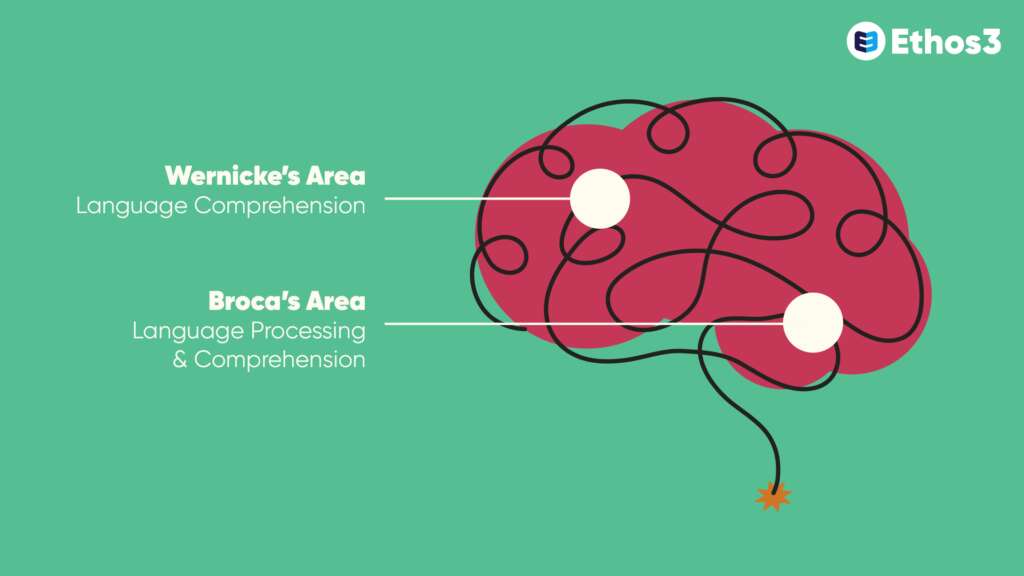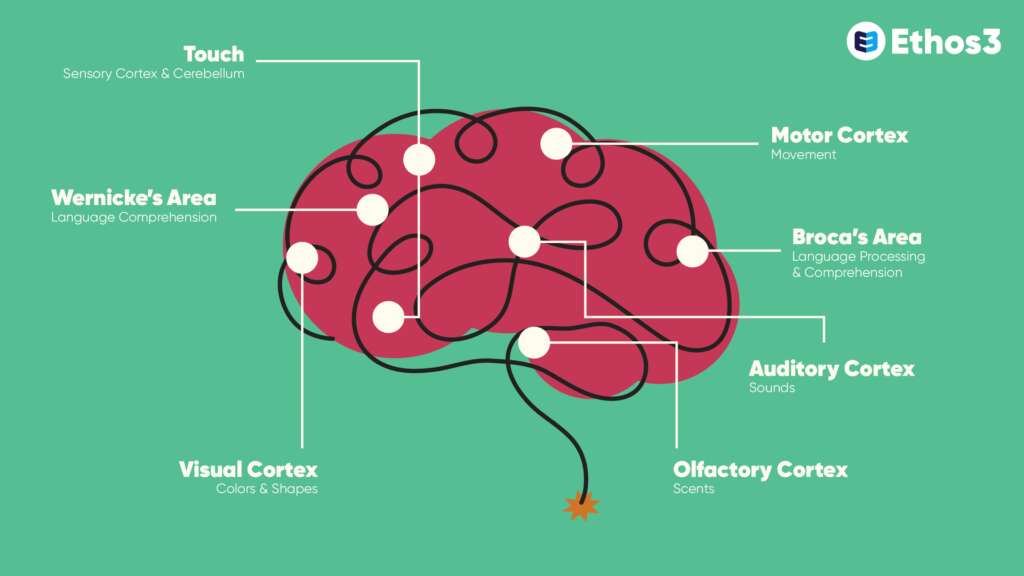Storytelling. It’s a big buzz word these days. Everyone talks about the importance of it, but not too many people deploy it when giving a presentation. And, that is a huge missed opportunity.
The purpose of this post is not only convince you of storytelling’s power, but also encourage you to utilize it in every presentation you give moving forward. It’s an amazing value add and it’s backed by science.
Information Retention
According to research about the impact of storytelling in a public speaking setting, stories can increase retention by 26%. Just think about it. 26% is a big number. That figure greatly enhances your influence on the audience and the probability they will remember what you shared and discussed. It’s a substantial increase and creates a huge advantage for you versus the person who chose to keep their presentation focused just on the facts and stats. This creates a perfect jumping off point to talk about the first reason stories are so beneficial for any presentation.
Participation for the Win
There is an old saying that “facts tell, and stories sell.” This couldn’t be more true. When a presentation is built around facts, an audience is either going to agree or disagree with you. They will either appreciate what you are sharing and will be eager to learn more or they will have the opposite reaction where a wall goes up between you and them. However, if you choose to utilize stories, you won’t get agreement or disagreement. Instead, you’ll get participation.
For instance, if you are sharing a story about your late grandmother, the audience will relate with you for they also had or have a grandmother. This approach will pull them in and and create a moment of warmth and sympathy which is a beautiful moment for you and them.
Brain Activation
Stories are such a powerful force in the realm of participation because this is how we are wired as human beings. We were born to hear and tell stories. It’s part of our DNA. If we revisit the facts and stats approach to presentations, you’ll see that only two parts of the brain ignite.
 Now, if you change up your approach and tell a story, seven parts of the brain begin to ignite. There is a higher level of engagement and interest simply due to the power of story.
Now, if you change up your approach and tell a story, seven parts of the brain begin to ignite. There is a higher level of engagement and interest simply due to the power of story.
 It’s hard to argue with science on this one. Stories can make an amazing impact on any presentation.
It’s hard to argue with science on this one. Stories can make an amazing impact on any presentation.
Conclusion
As we wrap up, let’s stop just talking about storytelling and actually deploy more of them in our presentations. Stories increase information retention, they create participation, and our brains light up when we hear them. It’s time to tell more stories when public speaking.